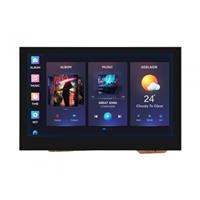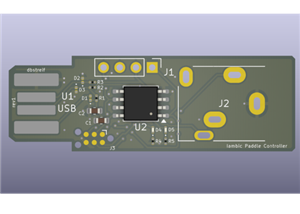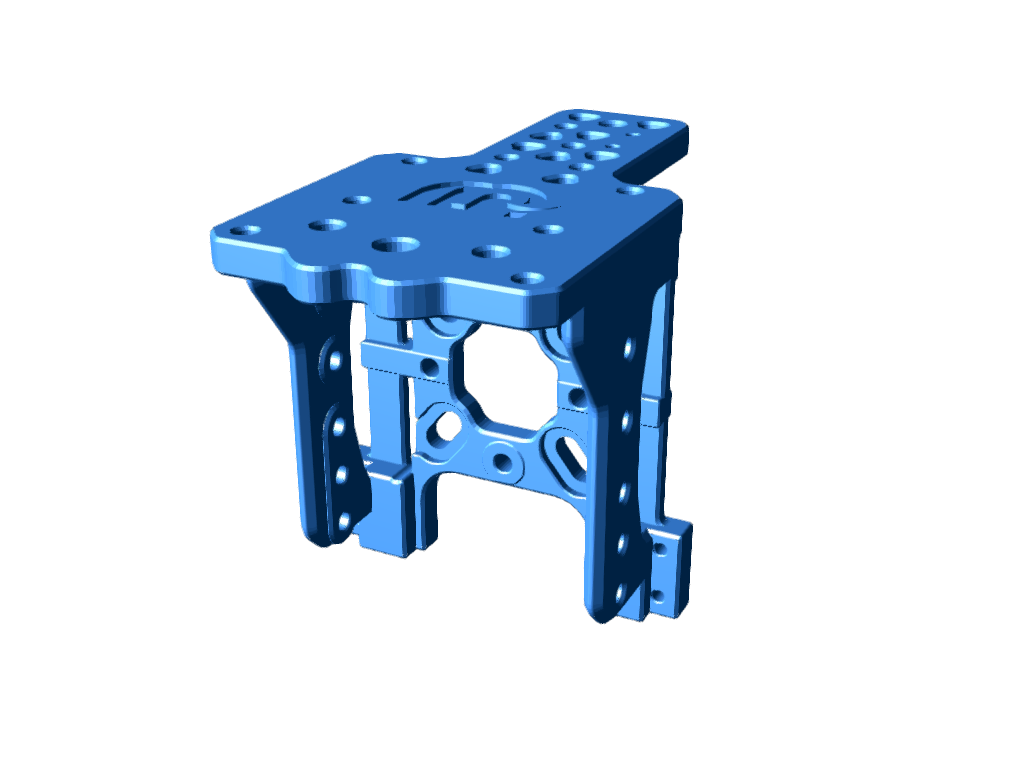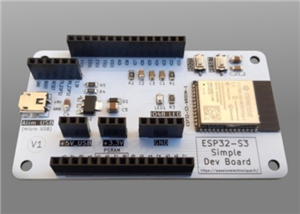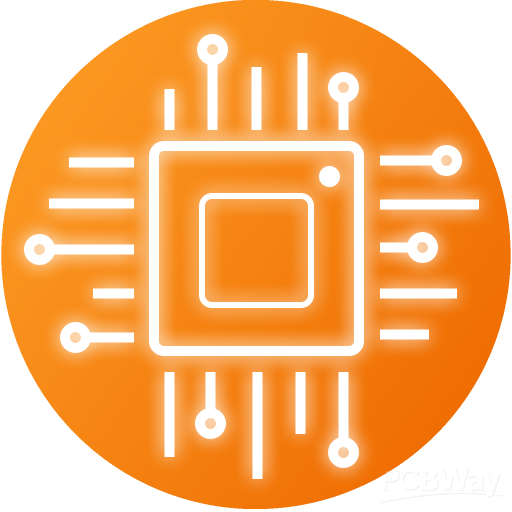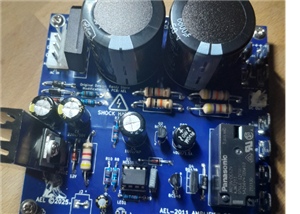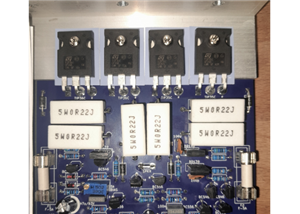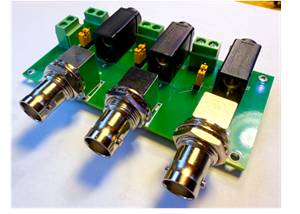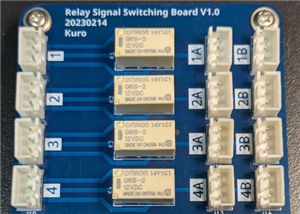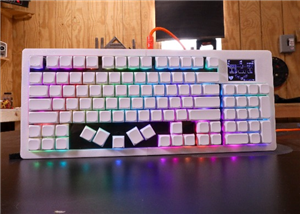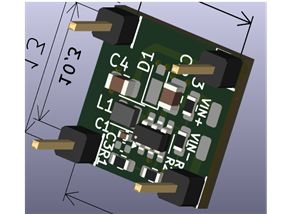|
|
STM32F103C8T6ST
|
x 1 | |
|
|
ADXL345BCCZADI(亚德诺)
|
x 1 | |
|
|
HMC5883L-TRHoneywell
|
x 1 | |
|
|
32.768 kHz Crystal |
x 1 | |
|
|
Ceramic Disc Capacitor, 15 pF |
x 2 | |
|
|
Coin Cell Battery CR2032 |
x 1 |

|
Soldering Iron Kit |
|
|
|
STM32 Cube programmer |
DIY Simple STM32 Virtual Electronic Finderscope (Stellarium Compatible)
A finderscope is a small auxiliary telescope mounted on the main telescope to help locate and center objects in the main telescope's field of view.

The finderscope provides a wider field of view than the main telescope, making it easier to locate objects in the night sky. However, finding the desired object in the night sky is a very laborious task and requires a lot of time and patience, especially for beginning astronomers.
This time I will present you a simple way to make an electronic finderscope that will drastically simplify the procedure for finding the desired object, and will also minimize the time required for this operation, so we will have more time for observation.
The project is presented on Dilshan Jaycody's blog and all credits go to him. The original project was made on a custom PCB that you can get on the PCBWay website. I modified the project in such a way that I used STM32 Bluepill development board, which is very cheap and also avoids the precise soldering of SMD components on the board. The device works with Stellarium application, and helps the observer identify objects in the sky. Stellarium is a free open source planetarium for PC, and it shows a realistic sky in 3D, just like what you see with the naked eye, binoculars or a telescope.
This unit can be attached to the telescope and connects with the computer through the USB port. The StarPointer uses a few onboard sensors to determine its angle and position. After obtaining that information, the unit calculates the coordinates of the telescope and transfers those details to the Stellarium.

This project is sponsored by PCBWay . This year PCBWay is celebrating the 10th anniversary of its successful existence. On the occasion of this event, PCBWay provided its users with more conveniences such as big savings for certain products, as well as discounts of up to 80%. From July 1st to August 31st, log in to the PCBWay site, and start the PCBway 10th Anniversary Tour, where you will enjoy Coupons, Lucky Draw, Exclusive Badges, unboxing blind boxes, and many other surprises. PCBWay is always your great choice.

The device is relatively simple to make and consists of several components:
- STM32F103C8 Bluepill development board
- ADXL345 3 Axis Accelerometer
- HMC 5883L Magnetometer
- CR2032 lithium 3v coin battery
- 32.768 khz crystal
- And USB to UART converter for uploading firmware and testing purposes.
The components are mounted on a pcb prototyping breadboard, which is then placed on a flat plastic base suitable for mounting on the telescope.

The complete documentation is also available in the Wiki section of the GitHub repository, from where we first download the compiled firmware binary (starpointer.hex). Then the Bluepill board should be connected to the PC via a USB to UART converter as shown in the schematic diagram.

To upload the firmware we use the STM32 Cube Programmer software, during which we need to switch the BOOT 0 header from the '0' position to the '1' position and after that we return it to the original position.
Now optionally to check the functionality of the device we need to connect it to the PC as shown in the diagram.

On some serial monitor software, we should receive a message about the functioning of the sensors, which should look something like the picture.

Next, from the release page we download StarPointer sync tool, a utility that serves to change the date/time, location, RA (right ascension), and DEC (declination) offsets as well as setting the correct local time. Furthermore, this data remains remembered thanks to the backup battery.

We select the correct Bluepill COM port and synchronize the local data. Now if we go back to the serial monitor, we can see that this data has been accepted. With this, the making of the device is completed, and now we need to mount it on the telescope and connect it to the Stellarium software.

Just to emphasize that the device should be mounted in the direction of the telescope tube for more accurate guidance to the desired object. For demonstration purposes, I will use my smallest Celestron First Scope Dobsonian type telescope.
Now a brief explanation of how to connect to the Stellarium Software:
First we go to "configuration window", next "Plugins", and double click to "Telescope Control". Next "Setup new telescope", name "Star Pointer", check "Equinox of the date", then Bluepill serial port, in our case COM5, and "Device model" - "Meade LX200 (compatible)", and "OK". Now we need to start telescope control and taht is all.

Now we can point the telescope at the desired object in the sky. The movement of the telescope can be seen nicely on the Stellarium software. Otherwise, I perform this test in laboratory conditions and in this environment I have many sources of constant and changing magnetic field, so the target moves a little bit, but in real conditions it is perfectly stable. I hope that soon I will have better weather conditions, and then I will update the video with observation in real outdoor conditions.
And finally a short conclusion. This is a really simple and inexpensive project, especially useful for amateur astronomers, which drastically reduces the time to find the desired object in the night sky. Of course, nowadays there are also Android and IOS applications for this purpose, but this specific device is much more accurate, independent, but also the satisfaction is great when we use a device that we have made ourselves.

DIY Simple STM32 Virtual Electronic Finderscope (Stellarium Compatible)
- Comments(0)
- Likes(2)
-
 Kapacita twentytwouF
Jan 16,2025
Kapacita twentytwouF
Jan 16,2025
-
 Engineer
Oct 01,2024
Engineer
Oct 01,2024
- 0 USER VOTES
- YOUR VOTE 0.00 0.00
- 1
- 2
- 3
- 4
- 5
- 6
- 7
- 8
- 9
- 10
- 1
- 2
- 3
- 4
- 5
- 6
- 7
- 8
- 9
- 10
- 1
- 2
- 3
- 4
- 5
- 6
- 7
- 8
- 9
- 10
- 1
- 2
- 3
- 4
- 5
- 6
- 7
- 8
- 9
- 10
 More by Mirko Pavleski
More by Mirko Pavleski
-
 Arduino 3D Printed self Balancing Cube
Self-balancing devices are electronic devices that use sensors and motors to keep themselves balanc...
Arduino 3D Printed self Balancing Cube
Self-balancing devices are electronic devices that use sensors and motors to keep themselves balanc...
-
 How to make simple Variable HIGH VOLTAGE Power Supply
High Voltage Power Supply is usually understood as a device that is capable of generating a voltage...
How to make simple Variable HIGH VOLTAGE Power Supply
High Voltage Power Supply is usually understood as a device that is capable of generating a voltage...
-
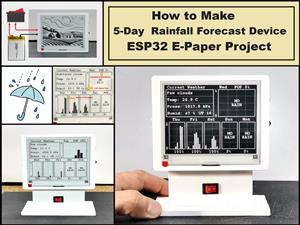 DIY 5-Day Rainfall Forecast Device - ESP32 E-Paper Project
In several of my previous projects I have presented ways to make weather stations, but this time I ...
DIY 5-Day Rainfall Forecast Device - ESP32 E-Paper Project
In several of my previous projects I have presented ways to make weather stations, but this time I ...
-
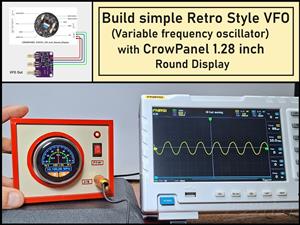 Build simple Retro Style VFO (Variable frequency oscillator) with Crowoanel 1.28 inch Round Display
Today I received a shipment with a Small round LCD display from Elecrow. The device is packed in tw...
Build simple Retro Style VFO (Variable frequency oscillator) with Crowoanel 1.28 inch Round Display
Today I received a shipment with a Small round LCD display from Elecrow. The device is packed in tw...
-
 Human vs Robot – Rock Paper Scissors with MyCobot 280 M5Stack
Today I received a package containing the few Elephant Robotics products. The shipment is well pack...
Human vs Robot – Rock Paper Scissors with MyCobot 280 M5Stack
Today I received a package containing the few Elephant Robotics products. The shipment is well pack...
-
 How to Build a Simple Audio Spectrum Analyzer with Adjustable Settings
An audio spectrum analyzer is an electronic device or software tool that measures and visually disp...
How to Build a Simple Audio Spectrum Analyzer with Adjustable Settings
An audio spectrum analyzer is an electronic device or software tool that measures and visually disp...
-
 How to Make a Digital Clock on a Vintage B&W TV using Arduino
These days I accidentally came across this small retro Black and White TV with a built-in Radio, so ...
How to Make a Digital Clock on a Vintage B&W TV using Arduino
These days I accidentally came across this small retro Black and White TV with a built-in Radio, so ...
-
 Build a $10 Function Generator with Frequency Meter for Your Lab
A function generator is a piece of electronic test equipment used to generate various types of elec...
Build a $10 Function Generator with Frequency Meter for Your Lab
A function generator is a piece of electronic test equipment used to generate various types of elec...
-
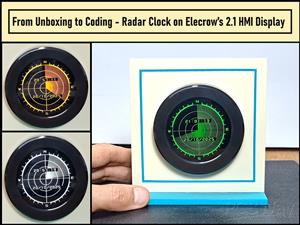 From Unboxing to Coding - Radar Clock on Elecrow’s 2.1 HMI Display
Today I received a shipment with a large round LCD display from Elecrow. The device is packed in two...
From Unboxing to Coding - Radar Clock on Elecrow’s 2.1 HMI Display
Today I received a shipment with a large round LCD display from Elecrow. The device is packed in two...
-
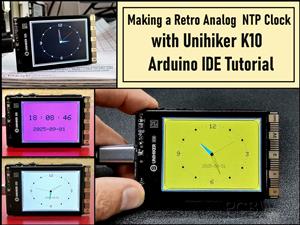 Making a Retro Analog NTP Clock with Unihiker K10 - Arduino IDE Tutorial
Some time ago I presented you a way to use standard Arduino libraries on the Unihiker k10 developme...
Making a Retro Analog NTP Clock with Unihiker K10 - Arduino IDE Tutorial
Some time ago I presented you a way to use standard Arduino libraries on the Unihiker k10 developme...
-
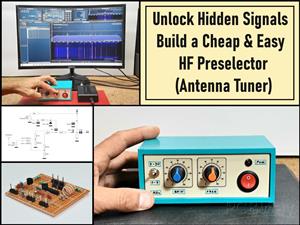 Build a Cheap & Easy HF Preselector - Antenna Tuner
HF antenna preselector is an electronic device connected between an HF radio antenna, and a radio r...
Build a Cheap & Easy HF Preselector - Antenna Tuner
HF antenna preselector is an electronic device connected between an HF radio antenna, and a radio r...
-
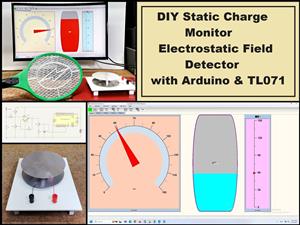 DIY Static Charge Monitor - Electrostatic Field Detector (Arduino & TL071)
A Static Charge Monitor also known as a Static Field Meter or Electrostatic Voltmeter is a device u...
DIY Static Charge Monitor - Electrostatic Field Detector (Arduino & TL071)
A Static Charge Monitor also known as a Static Field Meter or Electrostatic Voltmeter is a device u...
-
 XHDATA D-219 Radio Short Review with complete disassembly
Some time ago I received an offer from XHDATA to be one of the first test users of their new radio m...
XHDATA D-219 Radio Short Review with complete disassembly
Some time ago I received an offer from XHDATA to be one of the first test users of their new radio m...
-
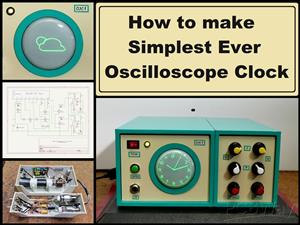 How to make Simplest ever Oscilloscope Clock
An oscilloscope clock is a unique and creative way to display the time using an oscilloscope, which...
How to make Simplest ever Oscilloscope Clock
An oscilloscope clock is a unique and creative way to display the time using an oscilloscope, which...
-
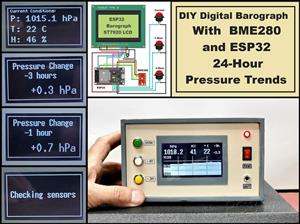 DIY Digital Barograph with BME280 and ESP32 - 24 Hour Pressure Trends
A barograph is a self-recording barometer that continuously measures and records atmospheric pressu...
DIY Digital Barograph with BME280 and ESP32 - 24 Hour Pressure Trends
A barograph is a self-recording barometer that continuously measures and records atmospheric pressu...
-
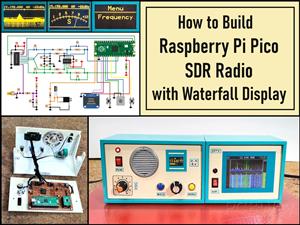 Build a Raspberry Pi Pico SDR Radio with Waterfall Display
Software-defined radio (SDR) is a radio communication system where components that have traditional...
Build a Raspberry Pi Pico SDR Radio with Waterfall Display
Software-defined radio (SDR) is a radio communication system where components that have traditional...
-
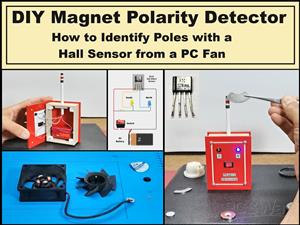 DIY Magnet Polarity Detector - How to Identify Poles with a Hall Sensor from a PC Fan
Recently, while working on a project, I needed to determine the polarity of several permanent magne...
DIY Magnet Polarity Detector - How to Identify Poles with a Hall Sensor from a PC Fan
Recently, while working on a project, I needed to determine the polarity of several permanent magne...
-
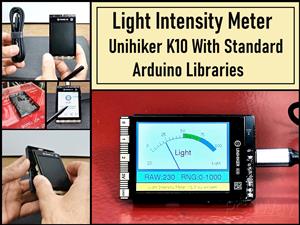 Light Meter Project - Making Dfrobot Unihiker K10 Work with Standard Arduino Libraries
The other day I received a shipment with a UNIHIKER K10 development board from DFRobot, which I rec...
Light Meter Project - Making Dfrobot Unihiker K10 Work with Standard Arduino Libraries
The other day I received a shipment with a UNIHIKER K10 development board from DFRobot, which I rec...
-
-
mammoth-3D SLM Voron Toolhead – Manual Drill & Tap Edition
88 0 0 -
-
AEL-2011 Power Supply Module
602 0 2 -
AEL-2011 50W Power Amplifier
542 0 2 -
-
-
Custom Mechanical Keyboard
746 0 0 -
Tester for Touch Screen Digitizer without using microcontroller
371 2 2 -
Audio reactive glow LED wristband/bracelet with NFC / RFID-Tags
346 0 1 -
-





















